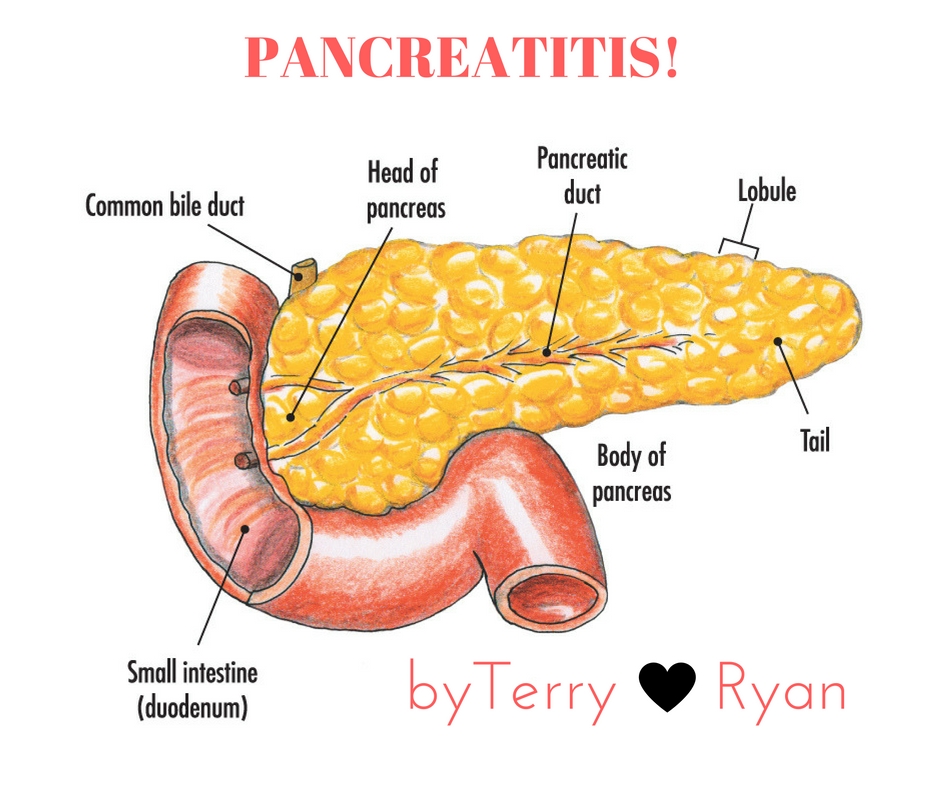Pancreatitis!

I was inspired to write this post, sadly, because I have a neighbor that I will call, Annie,who is suffering with pancreatitis. What is pancreatitis? It is inflammation of the pancreas, according to MedicineNet.com. This typically happens when the digestive enzymes found inside the pancreas become active, causing inflammation and even damage to the organ. Annie […]